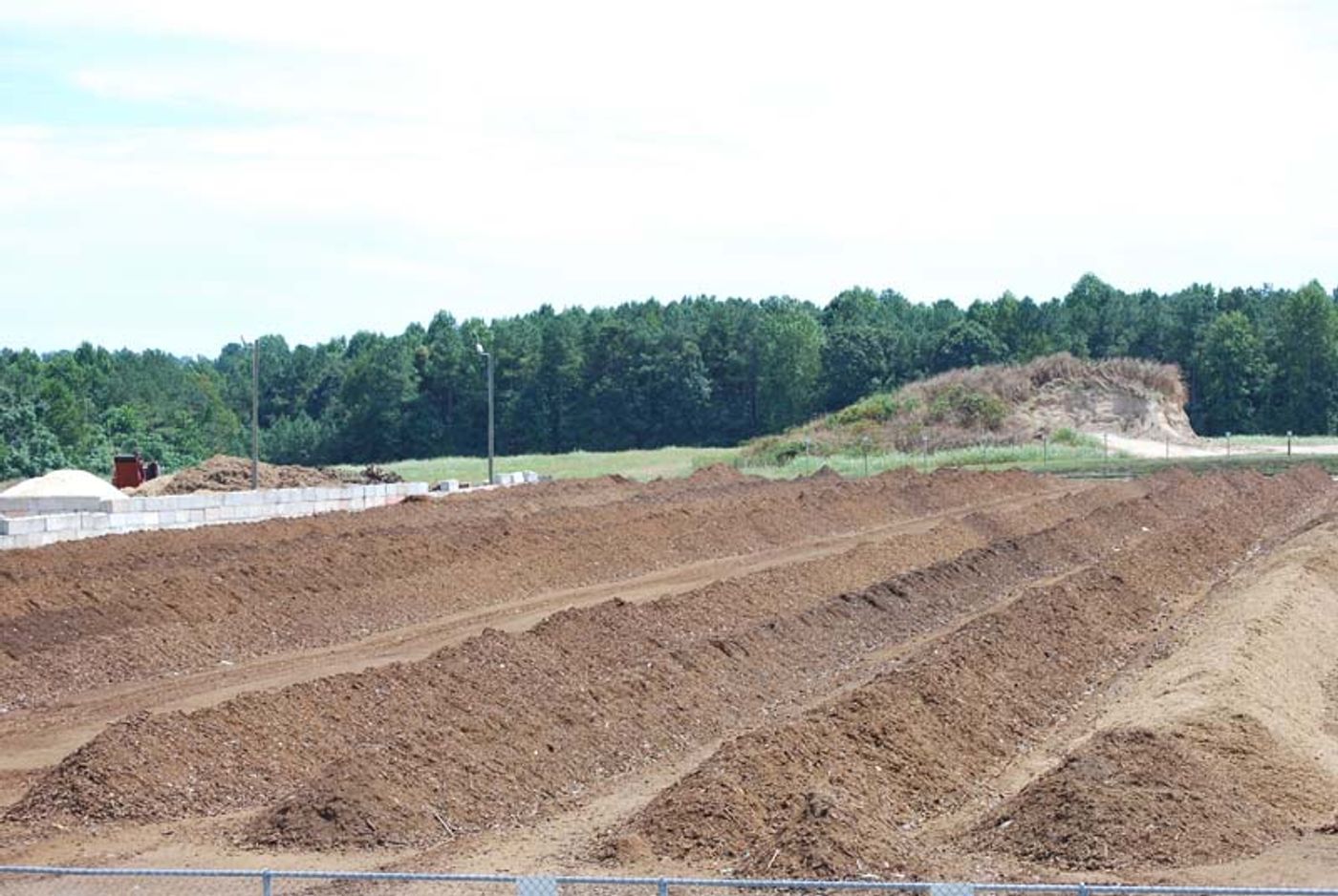Everyone poops, cows included. (You remember that
children’s book, right?) Cow manure is used as fertilizer on commercial farms and in backyard gardens, but did you know it could spread antibiotic resistance? Cow manure is chock full of bacteria - bacteria that comes out of cows that have been treated with antibiotics. Many of these bacteria are harmless, but some can cause disease in humans (
E. coli 0157:H7, for example).
In most cases, manure is composted before it is applied to farm land. The heat generated by composting (up to 160
oF!) is typically sufficient to kill bacteria. A number of techniques are used to compost manure, but Canadian researchers at the University of Lethbridge wanted to know which method works best. Two methods are widely used -
stockpiling and
windrow composting. In stockpiling, manure is piled into large, pyramid-shaped mounds. In windrow composting, the manure is laid out in long rows that are regularly mixed to speed up the composting process and generate more heat.
The researchers treated cows with various mixtures of antibiotics (chlortetracycline, sulfamethazine, and tylosin) and collected manure. They composted the manure by stockpiling or windrow composting for 102 days, then determined the abundance of certain antibiotic resistance genes. Internal temperatures remained over 55
oC (sufficient to kill bacteria) for 35 days in the windrows, but only reached that temperature for 2 days with stockpiling. Overall, they saw the greatest decrease in 16S rRNA (a measure of bacterial abundance) and resistance genes in the windrow composted manure. Based on these results, the group recommends windrow composting over stockpiling to reduce the spread of antibiotic resistance.
Sources:
Phys.org, Iowa State Cooperative Extension, Wikipedia
